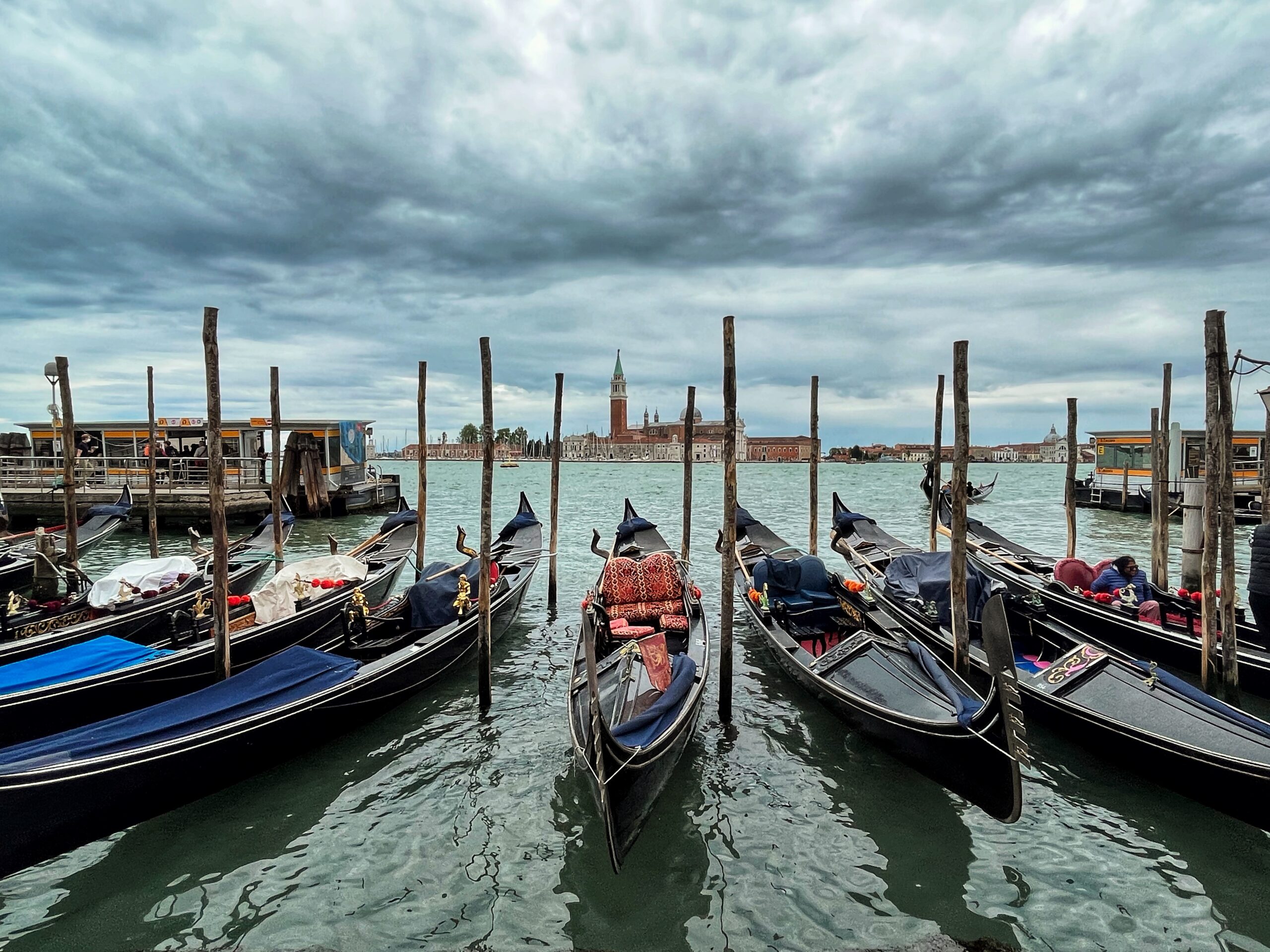San Zaccaria is an old church with an eponymous piazza and vaporetto stop. It’s close to several main attractions, but garners much less foot traffic than the heavy hitters like S. Marco and Santa Maria della Salute. However, this church does not disappoint. It has a beautiful facade and an impressive interior, with elaborate altarpiece under soaring rondelle windows and a swooping frescoed dome. However, what’s really interesting about this church is that it has permanently flooded crypts that are still open to the public.
San Servolo island This very small island has an exciting history. Long story short, the island was used as an INSANE ASYLUM. Now the site houses a museum that highlights the stories of the patients at the psychiatric hospital, complete with a display of real human skulls and preserved brains. The island also has a restaurant, lush gardens, and a small church- it’s frequently used as a setting for academic courses and conferences. This island is easily accessible by vaporetto, but the museum has fairly limited hours, so plan our visit accordingly.Burano Island
Burano Island is an old fishermen’s village located on a small island in the Venetian lagoon. It’s about an hour boat ride from the main part of the city. One can reach it by the vaporetto, the water buses that are part of the public transport system, and therefore very affordable. N.B. vaporettos are different from the expensive water taxis. The village is known for its brightly colored houses and its traditional lacemaking. One can observe a lacemaking demonstration from the local craftswomen. It’s a quite island; much smaller than the main counterpart, so taking a stroll around the tiny canals to check out the unique and picturesque views from the bridges is a peaceful way to pass the time here. However, there’s plenty of small restaurants here, where you can try authentic Venetian cuisine like Risotto made with squid ink, or tiramisu, which also originated in this region.
On the way to Burano, the vaporettos drive right by Murano island, which is closer to the main part of Venice and also much better know. Murano is famous for glass-blowing and production, and while the island is interesting, and a recommended tourist destination, the island feels and looks a lot like the rest of Venice. Burano is a little further off the beaten path. Both islands can be toured in the same day, either in a guided tour or on your own.
Arts bar
This trendy cocktail bar is part of the St. Regis Hotel. It serves up performative craft cocktails (think smoking beverages under glass domes) in Murano glass vessels made distinctly for the cocktail they hold. Each cocktail tells a story- and is served with a print of a famous art piece with notes detailing how the drink embodies the masterpiece. There’s also live music and food.
Libreria acqua alta This charming bookstore is so unique. Acqua alta literally means high water, and is a reference to the seasonal high tides that inundate and damage the city I.e. lower floors of apartment buildings, crypts, city squares, and of course bookstores. To mitigate the risk of soggy books, the volumes are stacked in protective waterproof containers. For example, there’s an ACTUAL GONDOLA in the store full of books (🤩). There are stacks of books everywhere, aligning the courtyard, and the alleyway and stacked on the back patio, making a staircase that leads to the top of the canal. This was once a “hidden gem” of Venice, but now that the secret’s out, this place can draw quite a crowd. If it is busy, one can still appreciate the whimsical decor and grab photos. However, sometimes at peak volume, it’s a little hard to actually browse. So, if you want to shop, avoid midday. T Fondaco Dei Tedeschi This is an upper scale department store with a rooftop terrace open to the public. You can obtain an entrance ticket for a designated time slot to enjoy a break on the terrace to soak up views of the grand canal, Rialto Bridge, and terra cotta roofs as far as the eye can see, or at least 3km because Venice is actually a tiny city. The store can be found right at the foot of the Rialto bridge.


